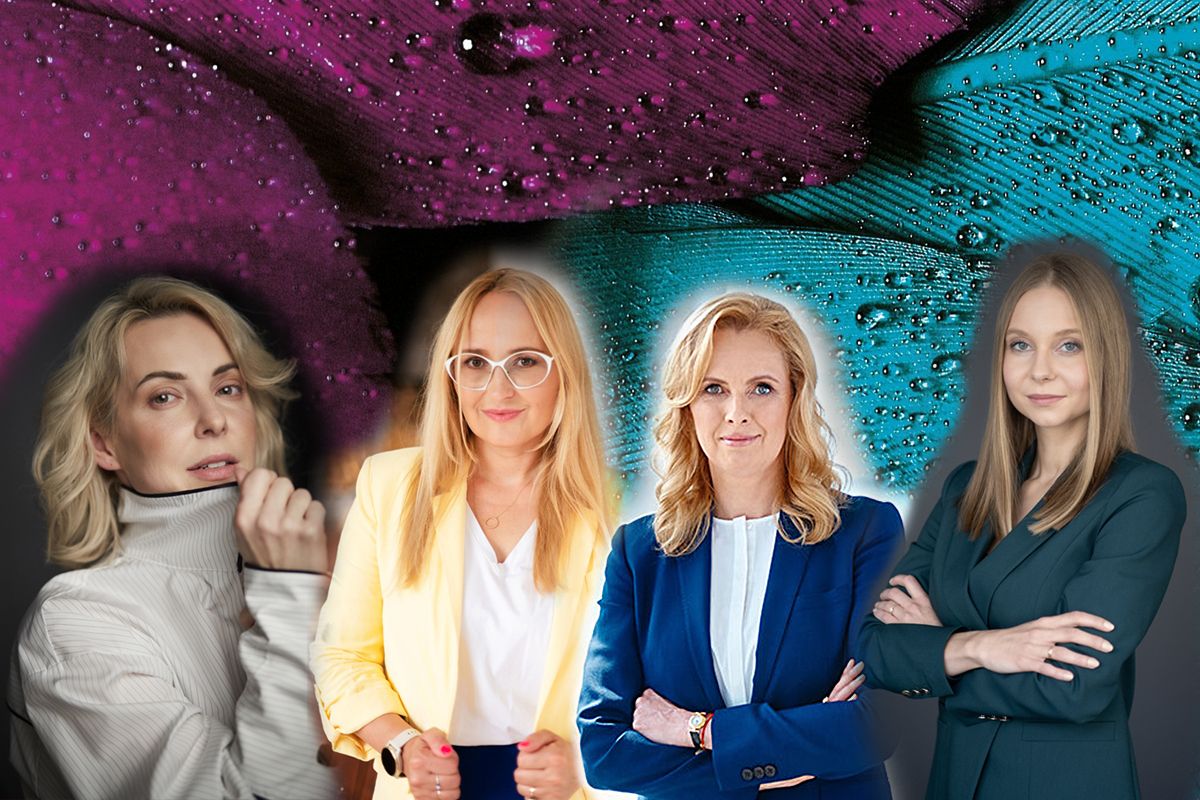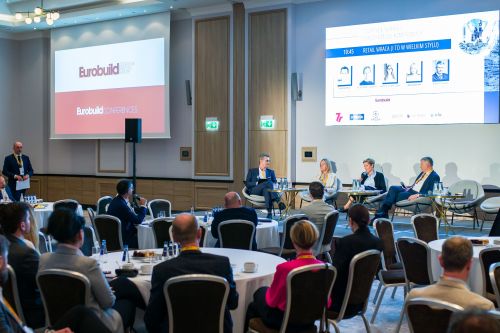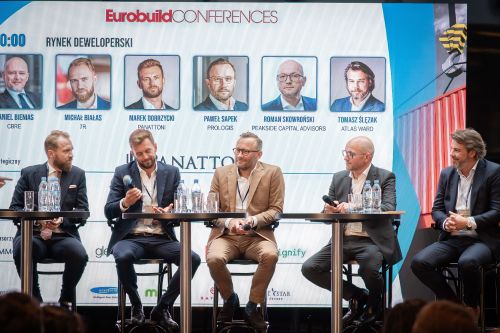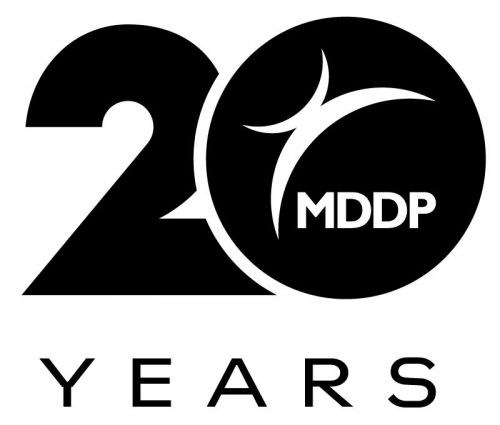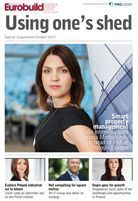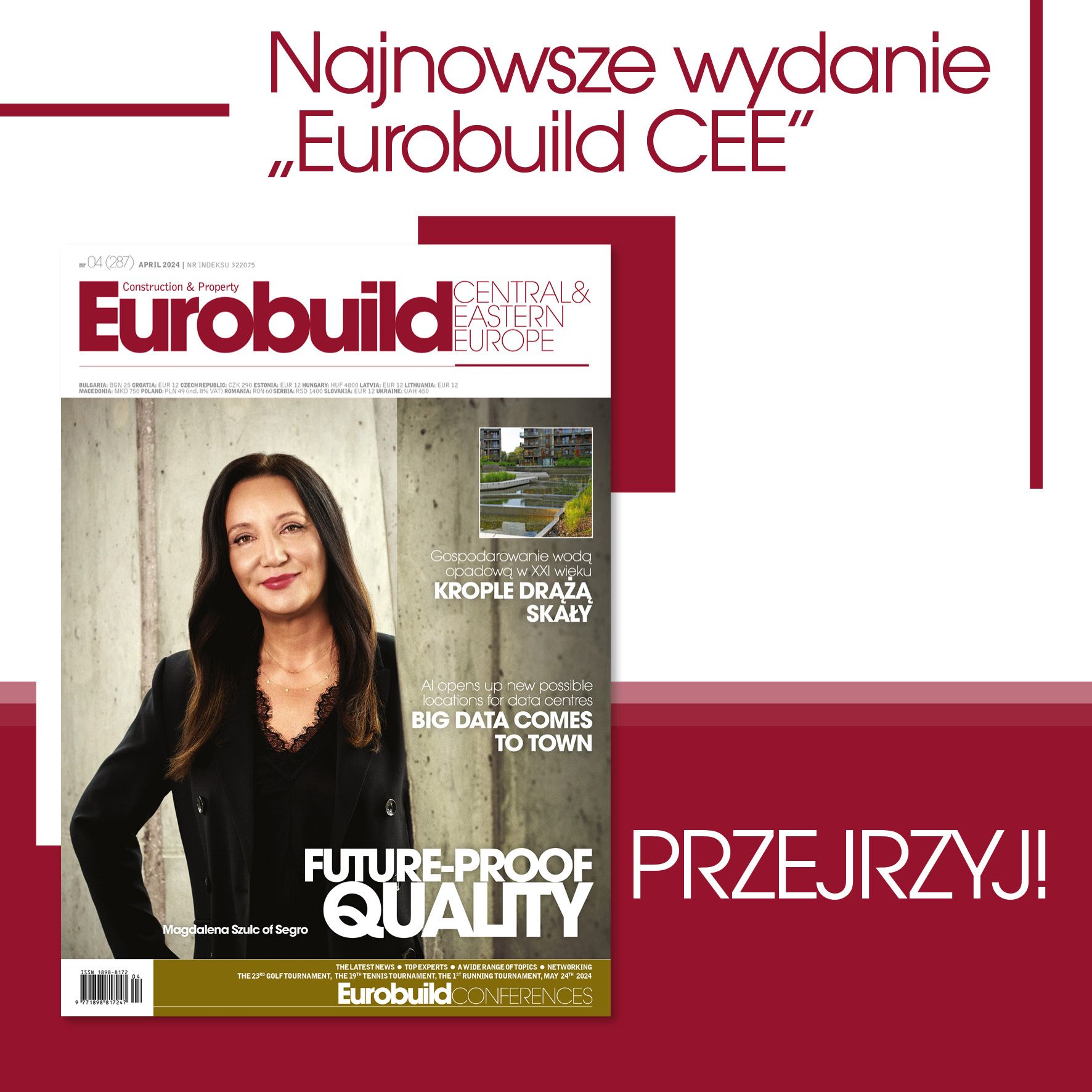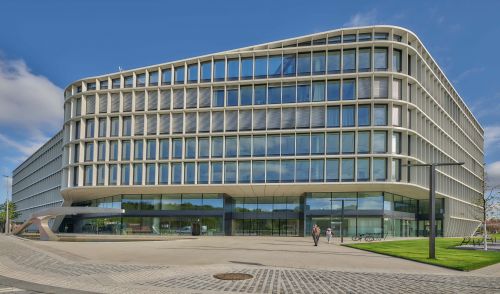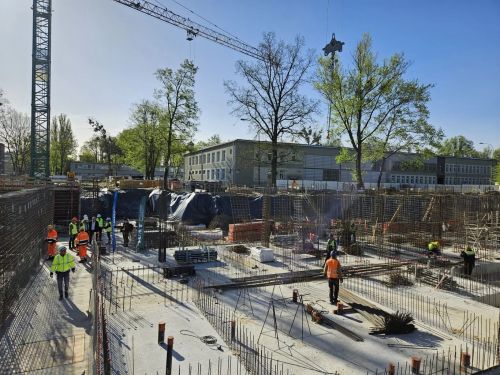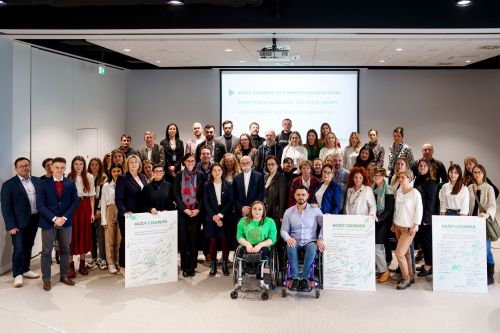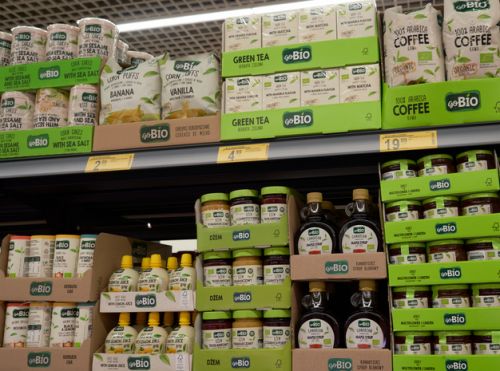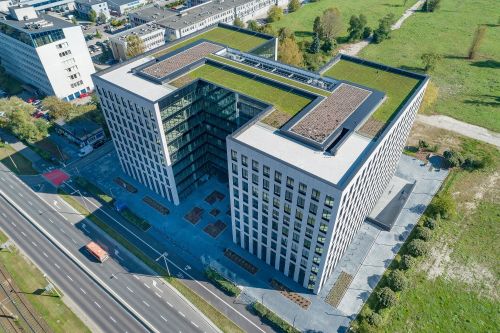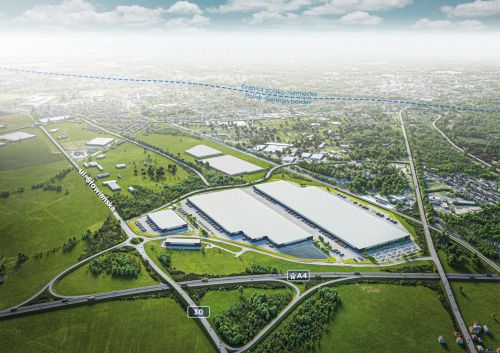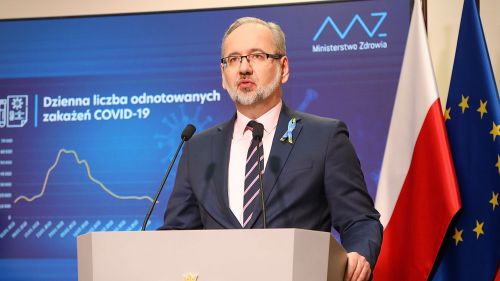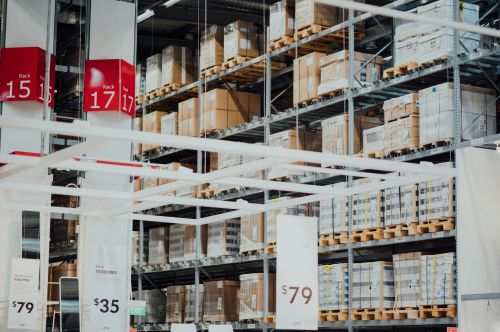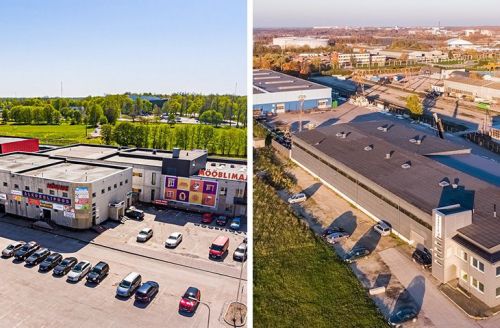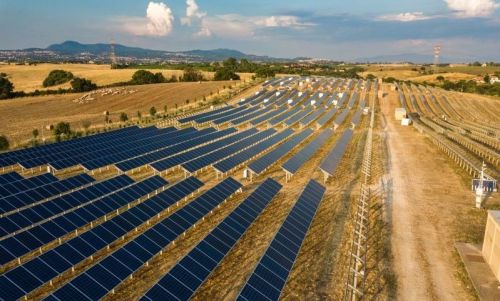Automation, robotics and A.I. Is the future
Trends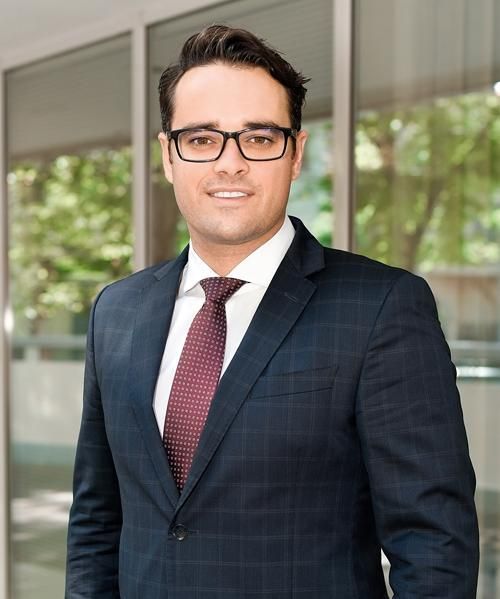
Anna Pakulniewicz, ‘Eurobuild Central& Eastern Europe’: What is P3’s development strategy?
Blake Horsley, group development director, P3: P3 is a long-term investor, developing warehouse facilities in highly accessible and strategic logistics locations. We are in it for the ‘long haul’, which means that we have a very different approach to many of our developer-trader competitors. We have emphasis on providing customers with a building that has longevity – both in terms of its build quality, but also its flexibility to deal with business changes over time – as well as providing first-class customer service throughout the lifetime of a building. This has been a highly successful strategy for us, as evidenced by the fact that 75 pct of our customers have renewed their leases and 87 pct of our new build-to-suit projects are being developed for existing clients.
And what are your European expansion plans?
P3’s European portfolio currently comprises 185 high-quality logistics facilities and a total of 3.9 mln sqm, as well as a land bank ready for the development of a further 1.8 mln sqm of warehouse space. We are aiming to expand, acquiring more land in the nine European countries in which we are already represented, as well as opening up new markets. We are led by opportunity and customer demand.
Which are the most promising markets for you?
In terms of raw GDP growth, the markets of central Europe – Romania, the Czech Republic, Poland – are doing particularly well so far this year. Germany still leads the pack from the perspective of gross take-up, with more than 6 mln sqm closed by Q3 this year alone. We are also having a record year in Poland, with almost 200,000 sqm earmarked for delivery during 2017 – plus we’ve just been ranked the second largest developer in Poland in terms of net take-up this year. Construction costs, though, are slowly creeping up, which in turn is impacting on yields. Our BTS solutions, and particularly brownfields and re-developments, are continuing to attract new customers. We are developing BTS projects in Italy, Germany, France and the Czech Republic.
How would you compare BTS to the traditional concept?
Almost all of P3’s projects are build-to-suit to a greater or lesser extent. Even when we are leasing an existing building we usually work closely with the incoming occupier to adapt the space to meet its individual requirements. The advantage of build-to-suit from scratch is, of course, that the customer gets exactly what they want and our BTS construction professionals work closely with the client teams to balance space requirements and specifications, budgets and timescales. Because we understand our customers we are often able to make suggestions that help us to deliver improvements for all three criteria. We are increasingly working to reduce construction periods, so that in some cases there is relatively little difference between taking an existing unit and having a new bespoke facility developed – which is highly beneficial. We also have experience of developing BTS extensions to existing warehouses and refurbishing existing facilities while the occupier continues to trade from the site – thus minimising the negative impact on the business.
What other trends are you seeing?
In the more urbanised countries across Europe, land is in short supply and we have become a major player in the development of brownfield land. We currently have two large brownfield projects in Germany– P3 Bedburg near Cologne and P3 Kamen in the Ruhr – and we are also redeveloping or substantially refurbishing some of the older but well-located assets elsewhere in our portfolio. The most sought-after real estate type is still the classic logistics warehouse, as built by P3. There is increasing demand for ‘last mile logistics centres’ in the suburbs of large conurbations and this is likely to result in an increase of multi-storey urban warehouses. At the same time, there is also demand for XXL warehouses. Demand is also continuing for fulfilment and returns centres for e-commerce.
What is P3’s strategy for leasing?
Strategies can vary on a park-by-park basis. Sometimes we like to consider the placement of an anchor tenant that takes up all the leasable space in a park to create their very own campus. In certain situations, such as at P3 Prague Horní Počernice, which is sited near a metro station on the outskirts of the Czech capital, we like to lease to retail and e-commerce players, who have their own specific needs, such as flexible space for seasonal peaks. We have a team of 139 specialists, spread all over Europe, and we each bring our own passion and knowledge to the table – from sustainable building consultants looking for ways to make our warehouses greener, to our hard-working leasing and development teams, who are constantly trying to understand the needs of our customers and, ultimately, whether we have just the right solution for them, at just the right time.
What is the future of warehouses?
There is no doubt that automation, robotics, AI and other cutting-edge technologies are changing the way in which our customers use warehouses. This is a key subject that we will be exploring at the ‘P3 Conference 2017: Future Now’ in Prague next month, where an impressive line-up of inspiring speakers – including top executives from companies such as Amazon, Uber and IBM, as well as PTG Slovakia, a key supplier to Volkswagen, and Post Luxembourg – will be looking at how businesses are implementing new technologies and the benefits and challenges that they bring. You can go to www.p3logisticconference.com for more information about this invite-only event. We believe that the most significant of the changes will be internal to the warehouses, and by adopting flexible designs, as P3 does, these changes can potentially be retro-fitted into existing buildings. In the medium to long term, automated vehicles will become a reality, which will have potential implications for the external areas around warehouses. For the most part, these changes will come about in small piecemeal steps, rather than through a dramatic transformation.
How is e-commerce affecting P3’s work?
Around 28 pct of our clients are retailers and/or e-commerce vendors. Many are both, as omni-channel retailing increasing becomes the norm, plus there are a number of 3PL occupiers in our parks that work primarily for the retail and e-commerce sector. We expect that this proportion will increase over time, but our occupier portfolio also continues to include traditional logistics companies and manufacturing firms. Our parks provide space suitable for storage facilities, assembly shops, showrooms and e-shop distribution outlets.
Do any other emerging segments exist that could provide significant tenants for warehouses?
The automotive industry is currently a major source of demand for logistics space across Europe and we have customers from this business sector in P3 buildings in all nine countries where we have parks. These include Volkswagen wheel supplier PTG’s new premises at P3 Bratislava– one of the most technologically advanced facilities of its kind in Europe, and a 20,000 sqm BTS automotive parts distribution centre at P3 Niedersachsen, occupied by Peugeot Citroën Deutschland.








